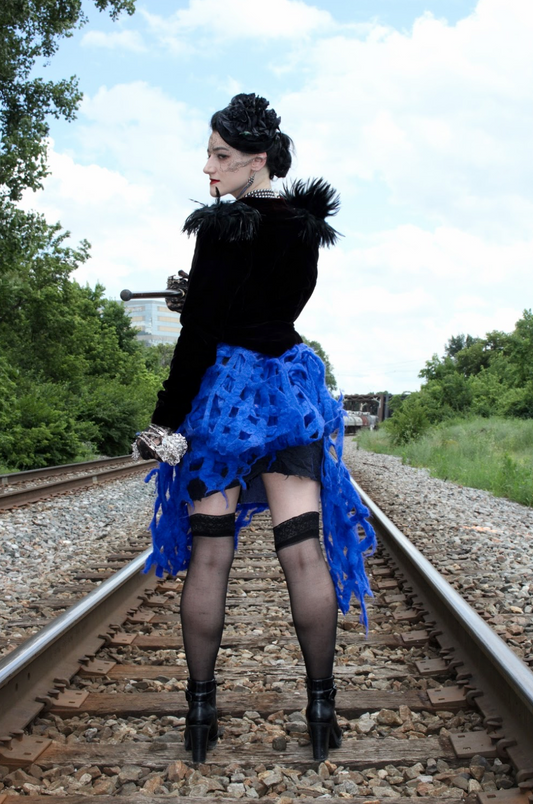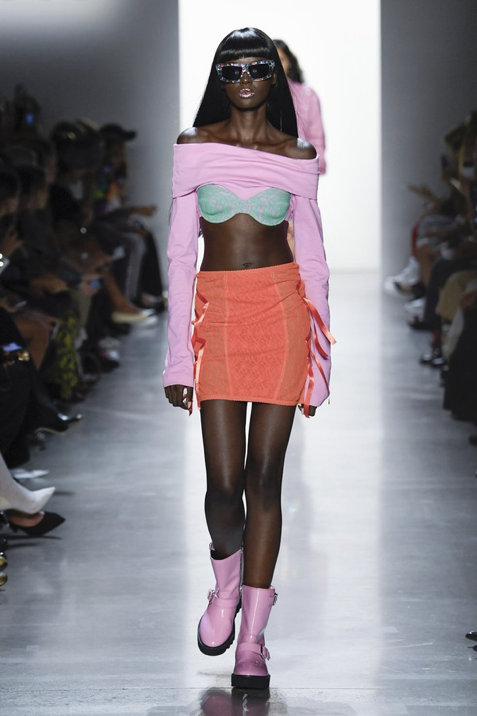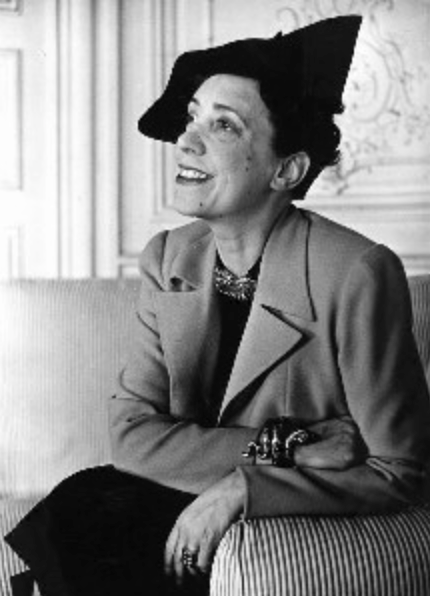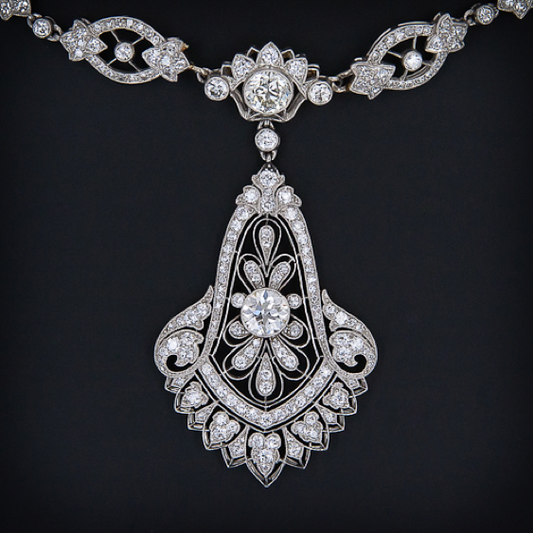talkingfashion
Paris Fashion Week F/W ’19 Accessory Trend Spot...
Paris Fashion Week F/W ’19 Accessory Trend Spotlight By Paige McKirahan Some tend to say that the best is saved for last, and this fashion month this statement may...
Paris Fashion Week F/W ’19 Accessory Trend Spot...
Paris Fashion Week F/W ’19 Accessory Trend Spotlight By Paige McKirahan Some tend to say that the best is saved for last, and this fashion month this statement may...

The Steampunk Movement: Modern, Industrial, and...
The Steampunk Movement: Modern, Industrial, and Accessory Filled By Paige McKirahan When thinking of ways to accessorize a steampunk look, you first want consider what the term means in order...
The Steampunk Movement: Modern, Industrial, and...
The Steampunk Movement: Modern, Industrial, and Accessory Filled By Paige McKirahan When thinking of ways to accessorize a steampunk look, you first want consider what the term means in order...

NYFW Spotlight: Christian Siriano’s Hawaiian Chic
NYFW Spotlight: Christian Siriano’s Hawaiian Chic By Paige McKirahan Hello again, fashion lovers! For our next NYFW spotlight, we decided to take a look into the vibrant and tropical collection...
NYFW Spotlight: Christian Siriano’s Hawaiian Chic
NYFW Spotlight: Christian Siriano’s Hawaiian Chic By Paige McKirahan Hello again, fashion lovers! For our next NYFW spotlight, we decided to take a look into the vibrant and tropical collection...

Fashion’s Favorite Week Returns
Fashion’s Favorite Week Returns By Paige McKirahan Hello fashionistas! As you may know (or we would hope so, anyway), New York Fashion Week has finally returned to give us an...
Fashion’s Favorite Week Returns
Fashion’s Favorite Week Returns By Paige McKirahan Hello fashionistas! As you may know (or we would hope so, anyway), New York Fashion Week has finally returned to give us an...

The Fascinating and Visionàire Italian Designer...
Elsa Schiaparelli was an Italian fashion designer who, along with her rival Coco Chanel, is regarded as one of the most prominent figures in fashion between the two World Wars....
The Fascinating and Visionàire Italian Designer...
Elsa Schiaparelli was an Italian fashion designer who, along with her rival Coco Chanel, is regarded as one of the most prominent figures in fashion between the two World Wars....

Art Deco and the Birth of Glamour
Art Deco and the Birth of Glamour by Paige McKirahan In a time when the stock market followed the length of lady’s skirts, a new era of art and...
Art Deco and the Birth of Glamour
Art Deco and the Birth of Glamour by Paige McKirahan In a time when the stock market followed the length of lady’s skirts, a new era of art and...